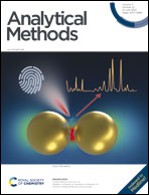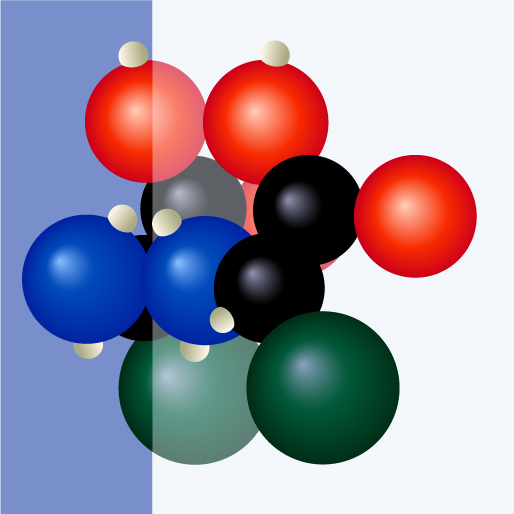New biological measurement technology pioneered by structural peptides and amorphous carbon
The manuscript concerning a novel bio-detection system (PepTenChip®) was accepted for publication by the Royal Society of Chemistry, “Analytical Methods” on May 7, 2025.

Title
Development of a new biodetection system independent of known marker molecules using a novel material for microarrays made from amorphous carbon substrates
Y. Tominaga & K. Nokihara,
Anal. Methods, 2025, 17, 4590-4598.
Since foundation of HiPep Laboratories, a lot of efforts have been devoted to the novel bio-detection system in the next-generation and recently the system is completed, additionally related products are available. The system is based on an innovative principle and technology that does not rely on conventional specific marker molecules. The paper describes new principle, methods, materials and equipment necessary for practical use. This unique bio-sensing tool involves a peptide microarray using substrates made from amorphous carbon on which structured peptides are immobilized as capturing molecules to realize highly sensitive protein detection.
Innovative material
A novel material for substrates made from amorphous carbon with appropriate surface chemistry provides stable bonding and shows excellent characteristics over conventional glass slides.
Highly reproducible and easily reusable
The detection allows without known marker molecules with high sensitivity.
Immobilization through stable amide bonds allows washing and scrubbing procedures.
The chip can be reused 10 to 20 times after simple cleaning; thus, regeneration is easy.
New information videos
PepTenChip® System integrated https://hipep.com/?page_id=3662
Peptide microarays/ PepTenCam (detecor), with a novel principle https://youtu.be/xcar8LTKAcU
Product information https://youtu.be/dksB2XGb2yA
Protocol for manual arraying technology, researchers who have no arrayer and Re-use (chip-plates can be repeatedly use) https://youtu.be/bFVfJTDY4Uw
Quantitative results and visualization
Visual presentation as the “Protein-Fingerprints” based on fluorescence intensity changes. Recognition is dose dependence and allowing quantitative analysis.
Classification of complex samples
Statistical data processing (multivariate analysis) allows highly accurate results of complex samples such as body fluids, and allows classification in the similar diseases.
New discovery method, Chip and Mass spectra
In addition to fluorescence intensity changes, substrates can be inserted into MALDI-TOF mass spectrometer (since chip material has high electrical conductivity). Discovering marker candidates can be expected.
★ Clinical applications (pre-cancer detection and identification of similar diseases) are under way.

